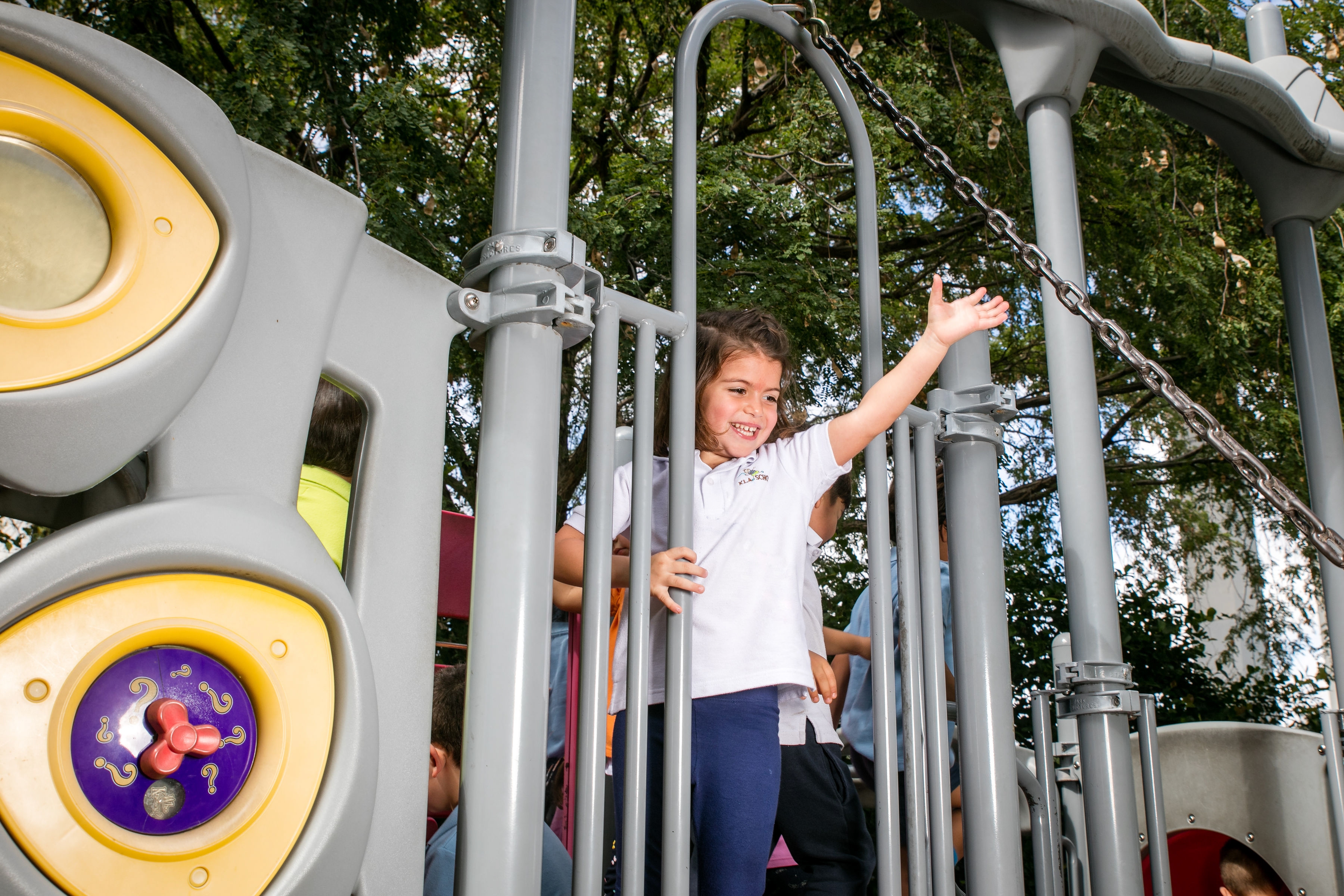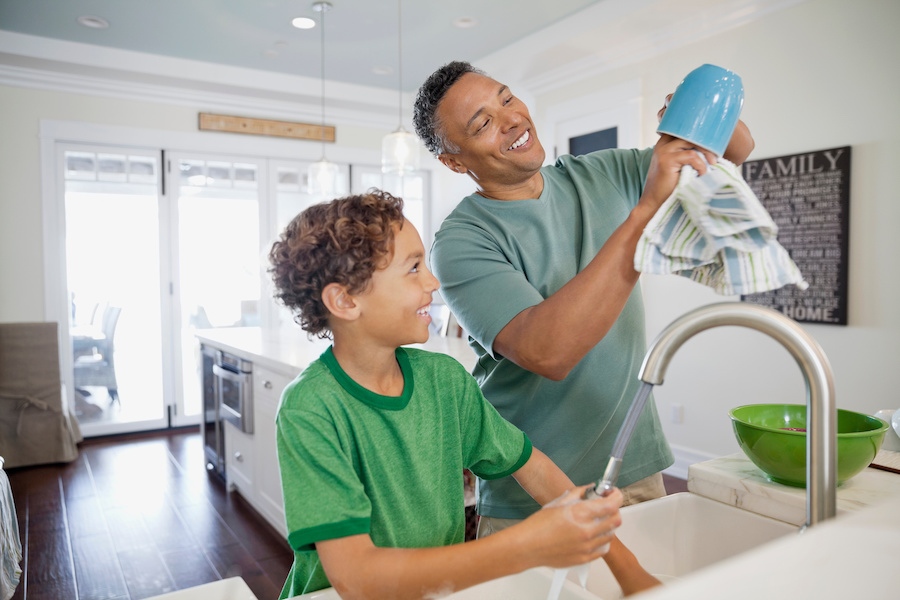Modeling Behavior - Why is it Important?
As a parent, you know how often your child observes and even imitates the things you say and do. According to psychologist Mark Nielsen, children may imitate because they assume that adults have a good reason for doing what they do. Recent research suggests that a child’s tendency to copy everything an adult does is a universal human trait.
While your child is influenced by many people, you can use your own actions and words to model appropriate behaviors for your child. When it comes to modeling desired behaviors for your child, it is important to be patient and consistent. No habit is formed overnight, but modeling appropriate actions and speech will help your child understand how to properly interact with the world around them. Here are 15 examples of modeling behavior:
- Saying “please” and “thank you,” to your child and to others.
- Letting your child see you sharing things with others and demonstrating respect for their property.
- When mediating a conflict, using a calm tone and discussing the situation rather than shouting.
- Using respectful language when discussing other people, even if you’re upset with them.
- Using general language rather than blaming language if upset. For example, “I’m feeling frustrated because there are so many toys on the floor that we might trip over. Can you please help me pick them up?”
- Identifying and discussing your feelings. This will help your child recognize and understand their own emotions.
- Following the household rules you expect your child to follow, such as tidying up before bed or removing shoes after being outdoors.
- Doing good deeds for others, such as letting someone with fewer items go ahead of you in line at the grocery store, or donating old clothes to charity.
- Being patient in lines, traffic lights, and with other people.
- Not lying or performing deceptive behavior in front of your child, such as trying to pass your child off as younger to get a kid’s meal at a restaurant.
- If you are playing a game and lose, retaining a good sense of humor and keep the mood light.
- Promoting positive role models who also model the sort of behavior you would like your child to learn.
- When speaking to someone else, modeling the way you would like your child to wait their turn to speak and hold two-way conversations.
- Allowing your child to see you accepting responsibility for your actions. For example, if you accidentally bump into someone while out running errands, apologizing and ask if the person is okay.
- If you do accidentally model an inappropriate behavior, apologizing and discussing why your behavior was not ideal, and what you could have done instead.

